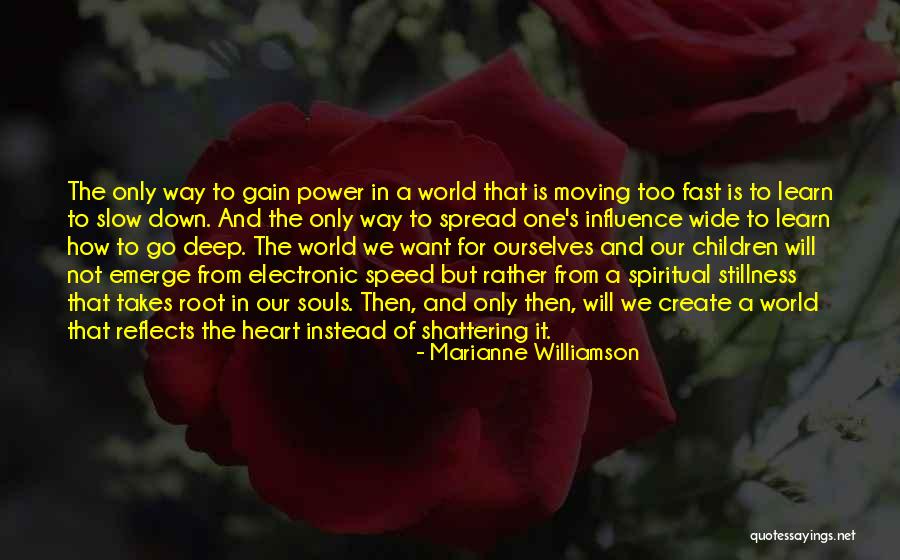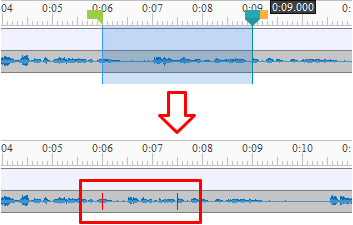

This occurrence is known as diverticulitis, and symptoms include abdominal pain, loose stools, and sometimes fever. Diverticulosis itself doesn’t cause symptoms, but if stool gets stuck in the pouches, inflammation and infection can occur.

This produces a mushy mixture of gastric juices and partially digested food, called chyme. A muscular gate called the lower esophageal sphincter opens to let the food move into your stomach.Īcids in your stomach break down the food even more. When you swallow, the food moves down your esophagus - the pipe that connects your mouth to your stomach.

The result is a mushy mass called a bolus that’s easier to swallow. This digestive liquid contains enzymes that break down the starches in your food. This is what happens when you digest food:Īs you chew, glands in your mouth release saliva. Your digestive system is made up of five main parts: Anything left is a waste product, which your body removes. Your body tears through them in a matter of hours, quickly leaving you hungry again.ĭigestion is the process by which your body breaks down food and pulls out the nutrients your body needs to operate. The quickest to digest are processed, sugary junk foods like candy bars. In fact, these high fiber foods help your digestive track run more efficiently in general. The proteins and fats they contain are complex molecules that take longer for your body to pull apart.īy contrast, fruits and vegetables, which are high in fiber, can move through your system in less than a day. Meat and fish can take as long as 2 days to fully digest. Your digestion rate is also based on what you’ve eaten. The normal range for transit time includes the following: gastric emptying (2 to 5 hours), small bowel transit (2 to 6 hours), colonic transit (10 to 59 hours), and whole gut transit (10 to 73 hours). Once in your large intestine, the partially digested contents of your meal can sit for more than a day while it’s broken down even more. Within 6 to 8 hours, the food has moved its way through your stomach, small intestine, and large intestine. The rate is also based on factors like your gender, metabolism, and whether you have any digestive issues that could slow down or speed up the process.Īt first, food travels relatively quickly through your digestive system. The exact time depends on the amount and types of foods you’ve eaten. In general, food takes 24 to 72 hours to move through your digestive tract.


 0 kommentar(er)
0 kommentar(er)
